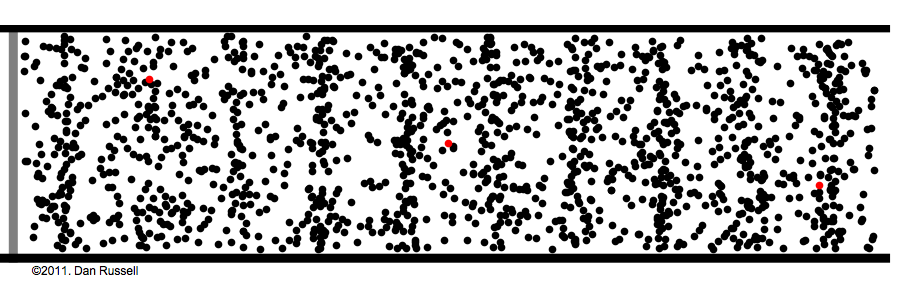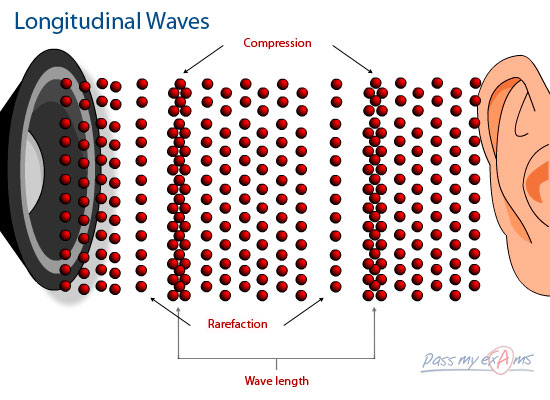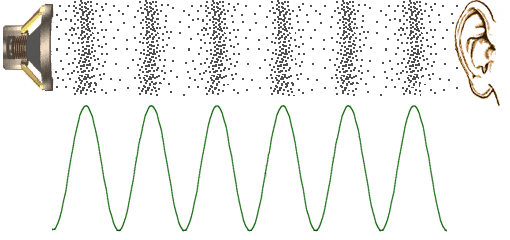

The distance between 2 adjacent compressions, 2 adjacent rarefactions, or a single compression and rarefaction combined is a wavelength of a sound wave.

When represented as a diagram, the compressions are drawn above the horizontal axis and the rarefactions below.

When the amplitude increases on a sound wave diagram the volume increases. As the diagram indicates it gets louder.
In the case of sound, it travels at a fixed value in air (340 m/s). Thus if you decrease the frequency, the wavelength will increase and the pitch will decrease (more bass). If you were to reverse this, and increase the frequency you would find that the pitch gets higher (more treble).
No comments:
Post a Comment